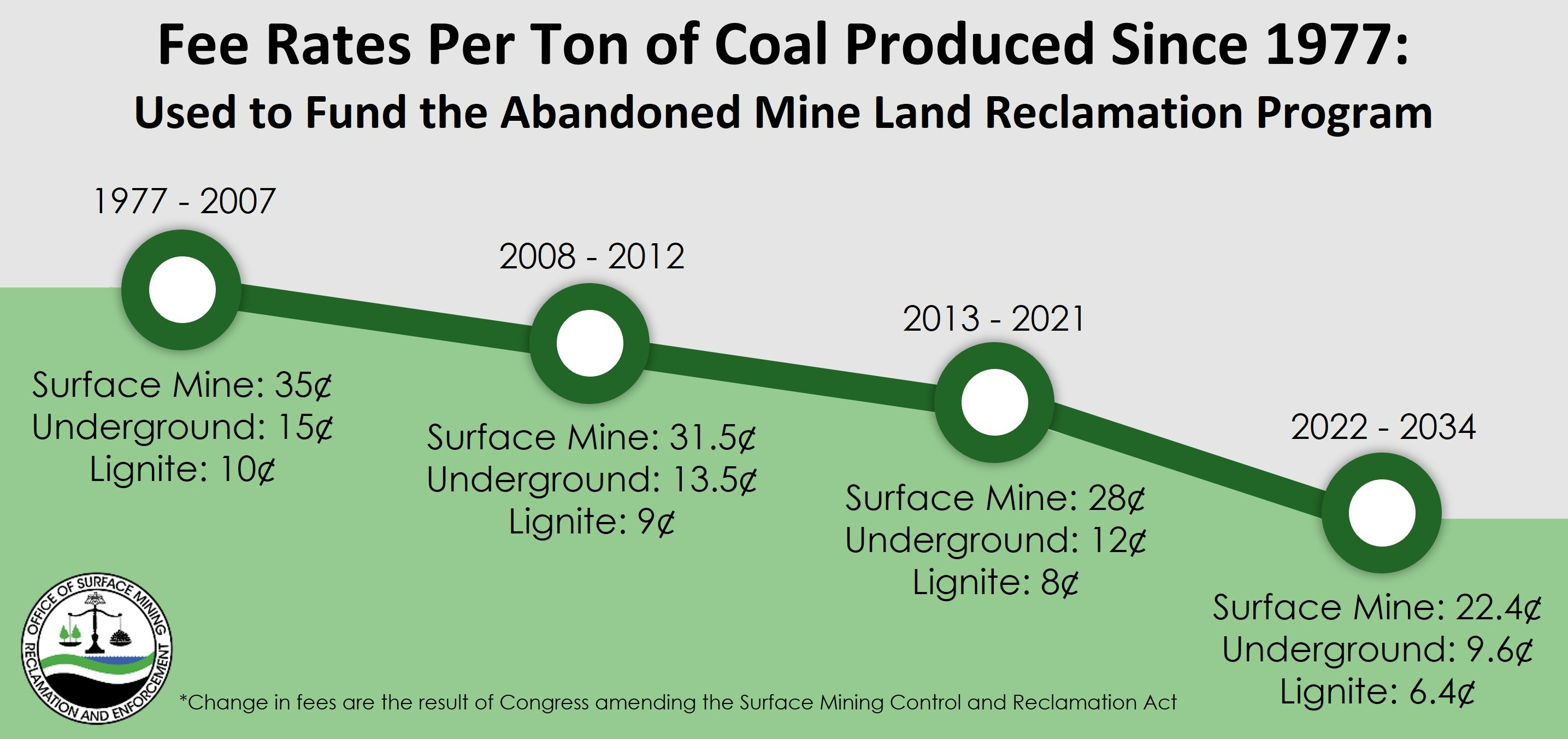What Is The Goal Of Land Reclamation Of Mining Sites
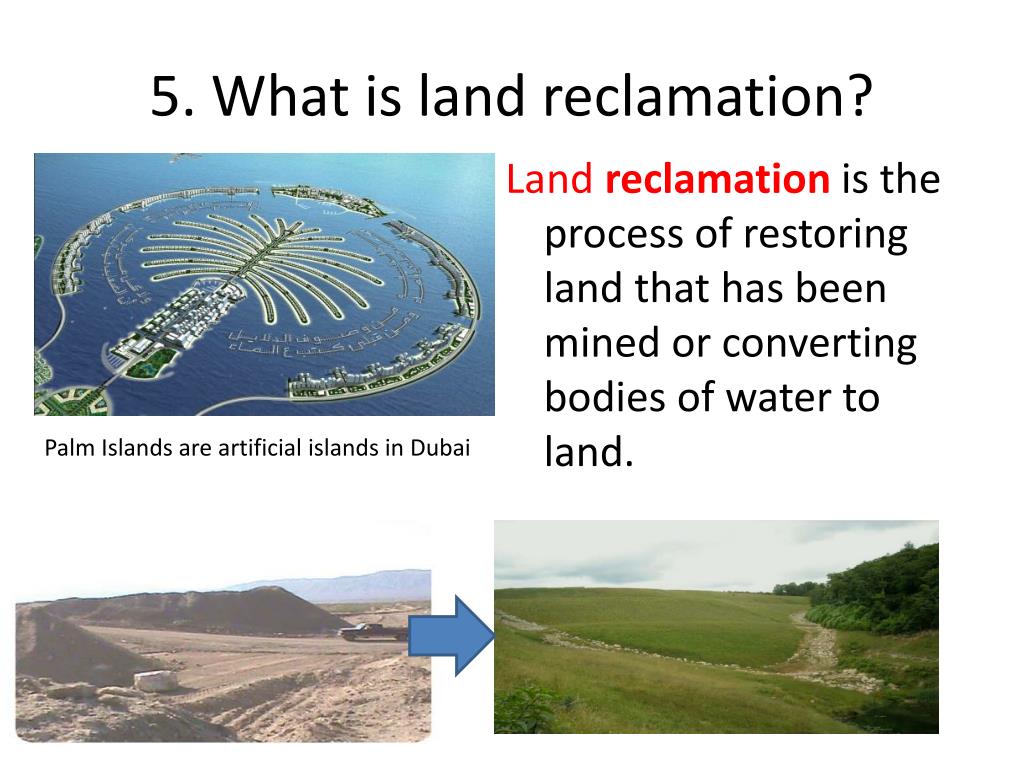
Across the globe, mining operations extract valuable resources, leaving behind drastically altered landscapes. However, once the mining ceases, a crucial process begins: land reclamation. But what exactly is the goal of this ambitious undertaking?
Land reclamation of mining sites aims to rehabilitate disturbed areas, restoring them to a productive and stable state. It's a multifaceted effort focusing on environmental repair, ecological restoration, and often, creating beneficial post-mining land uses. This article delves into the objectives, methods, and significance of land reclamation, exploring its impact on the environment and surrounding communities.
The primary goal of land reclamation is to mitigate the environmental damage caused by mining activities. This encompasses a wide range of concerns, from addressing soil contamination to stabilizing slopes and controlling erosion. Essentially, it's about preventing further degradation and starting the healing process.
Restoring the soil is a fundamental step. Mining often strips away topsoil, leaving behind infertile subsoil or even toxic materials. Reclamation involves adding organic matter, neutralizing acidity, and reintroducing essential nutrients to create a viable growing medium.
Water quality is another critical focus. Mine drainage can be highly acidic and laden with heavy metals, polluting nearby streams and groundwater. Reclamation aims to prevent or treat this drainage through methods like sealing mine openings, constructing wetlands for filtration, and implementing water management strategies.
Ecological Restoration: Rebuilding Ecosystems
Beyond simply preventing pollution, land reclamation seeks to re-establish functioning ecosystems. This means bringing back native plants and creating habitats for wildlife. It's a long-term process that requires careful planning and ongoing monitoring.
The selection of plant species is crucial. Native plants are best adapted to the local climate and soil conditions, and they provide food and shelter for native animals. Reclamation projects often prioritize a diverse mix of species to create a resilient and self-sustaining ecosystem.
Creating or restoring wetlands is a particularly valuable approach. Wetlands can filter pollutants from water, provide habitat for a wide variety of species, and help control flooding. They are often incorporated into reclamation plans as a multi-functional ecological feature.
Beneficial Post-Mining Land Uses
In many cases, land reclamation aims to create land that can be used for other purposes after mining is complete. These post-mining land uses can range from agriculture and forestry to recreation and residential development. The goal is to turn a former mining site into a valuable asset for the community.
Agricultural uses are often considered, particularly in areas where farming is a major industry. Reclaimed land can be used for grazing livestock, growing crops, or establishing orchards. Careful soil management and irrigation are often necessary to ensure successful agricultural production.
Recreational uses, such as parks, trails, and golf courses, are also popular options. These uses can provide opportunities for outdoor recreation and boost tourism. They also offer aesthetic benefits, transforming a scarred landscape into a place of beauty and enjoyment.
The Human Element: Community Impact
Land reclamation is not just about environmental restoration; it also has a significant impact on local communities. Mining can disrupt communities, both economically and socially. Reclamation aims to mitigate these negative impacts and create a more positive future.
Economic benefits can arise from the creation of new jobs in reclamation and post-mining land uses. For example, a reclaimed mine site that is converted into a park can generate jobs in tourism and recreation. This can help to diversify the local economy and provide new opportunities for residents.
Improved environmental quality can also enhance the quality of life for residents. Cleaner air and water, restored landscapes, and increased recreational opportunities can contribute to a healthier and more vibrant community. This can help to attract new residents and businesses, further boosting the local economy.
Consider the case of the Black Thunder Mine in Wyoming. This large-scale coal mine has implemented extensive land reclamation efforts, including contouring the land to resemble its original form and replanting native vegetation. The goal is to restore the land to a productive grazing area for livestock and wildlife.
According to the Wyoming Department of Environmental Quality, the Black Thunder Mine has been recognized for its successful reclamation practices. The mine has demonstrated that it is possible to extract valuable resources while also protecting the environment and supporting the local community.
Challenges and Future Directions
Despite the progress that has been made, land reclamation still faces significant challenges. One of the biggest challenges is the cost. Reclamation can be expensive, particularly for large and complex mining sites. Funding is often a limiting factor.
Another challenge is the long-term nature of the process. It can take many years for a reclaimed site to fully recover and become a self-sustaining ecosystem. Ongoing monitoring and maintenance are essential to ensure long-term success.
The future of land reclamation will likely focus on developing more innovative and cost-effective techniques. This includes using remote sensing technologies to monitor reclamation progress, developing new soil amendments to improve soil fertility, and incorporating more sustainable practices into mining operations.
Ultimately, the goal of land reclamation of mining sites is to create a lasting legacy of environmental stewardship. It's about repairing the damage caused by mining and creating a more sustainable future for both the environment and the communities that depend on it. It is a commitment to leaving the land in a better state than it was found.
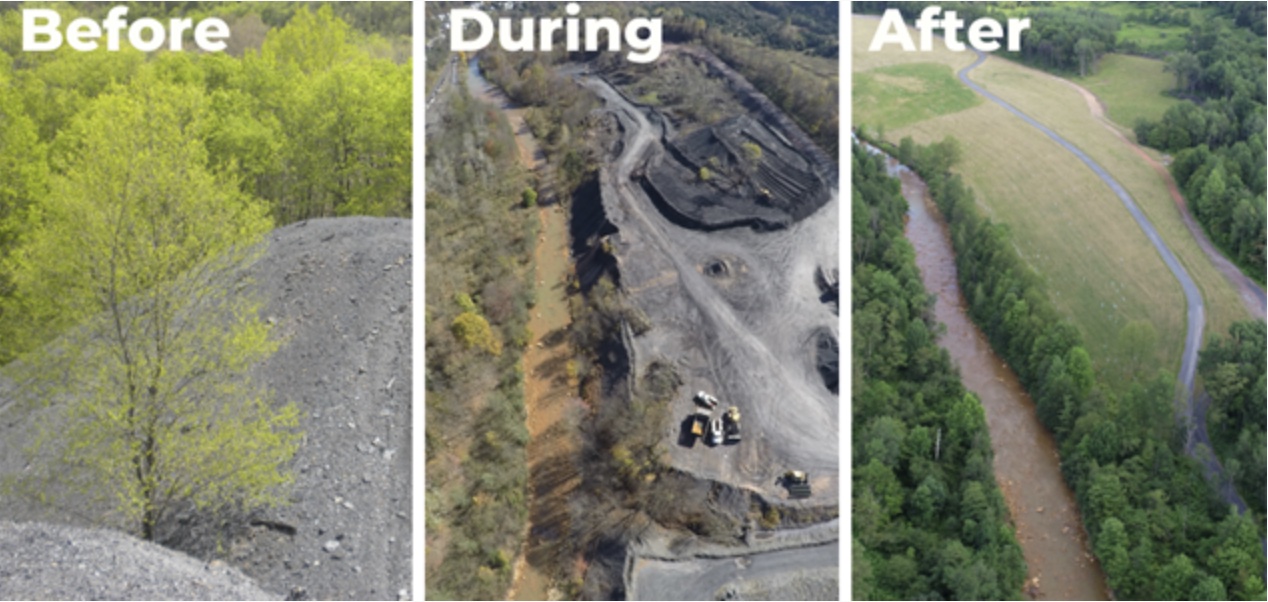
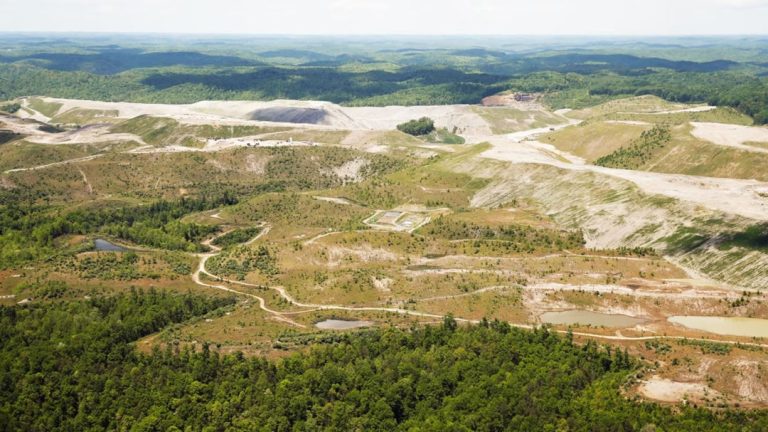

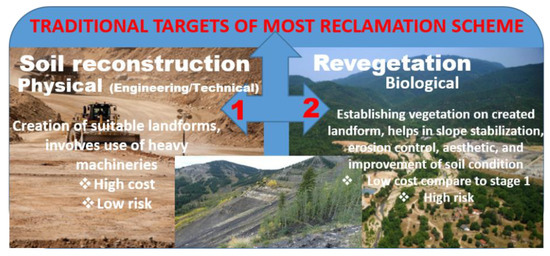

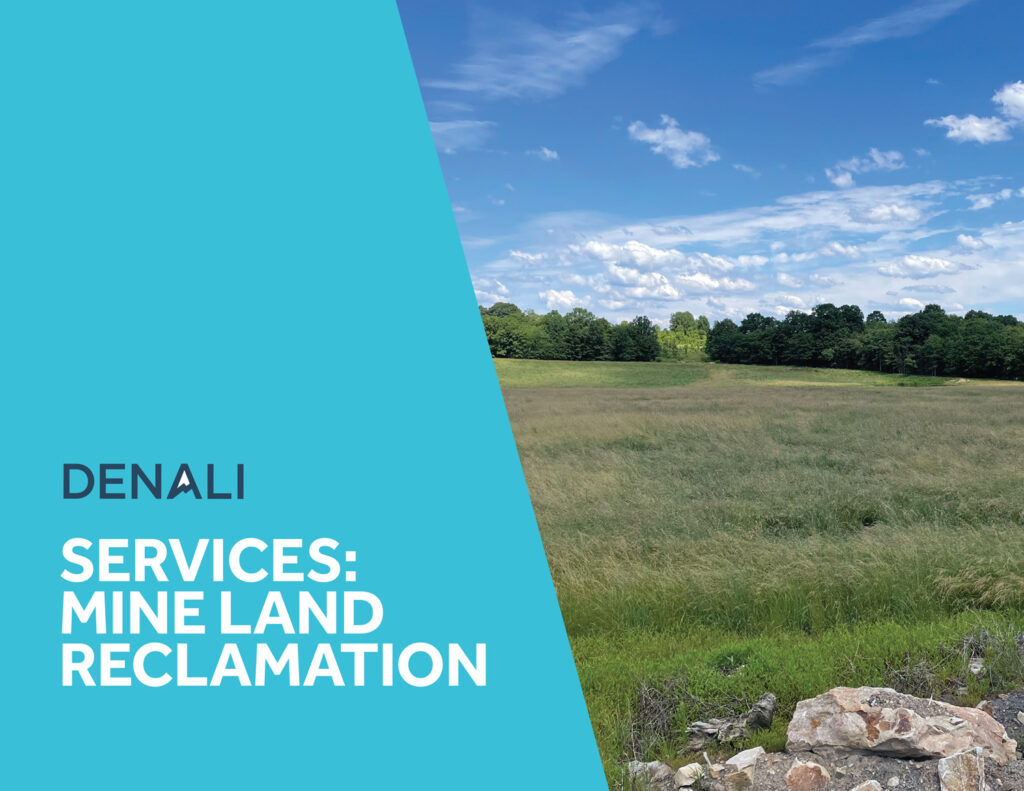
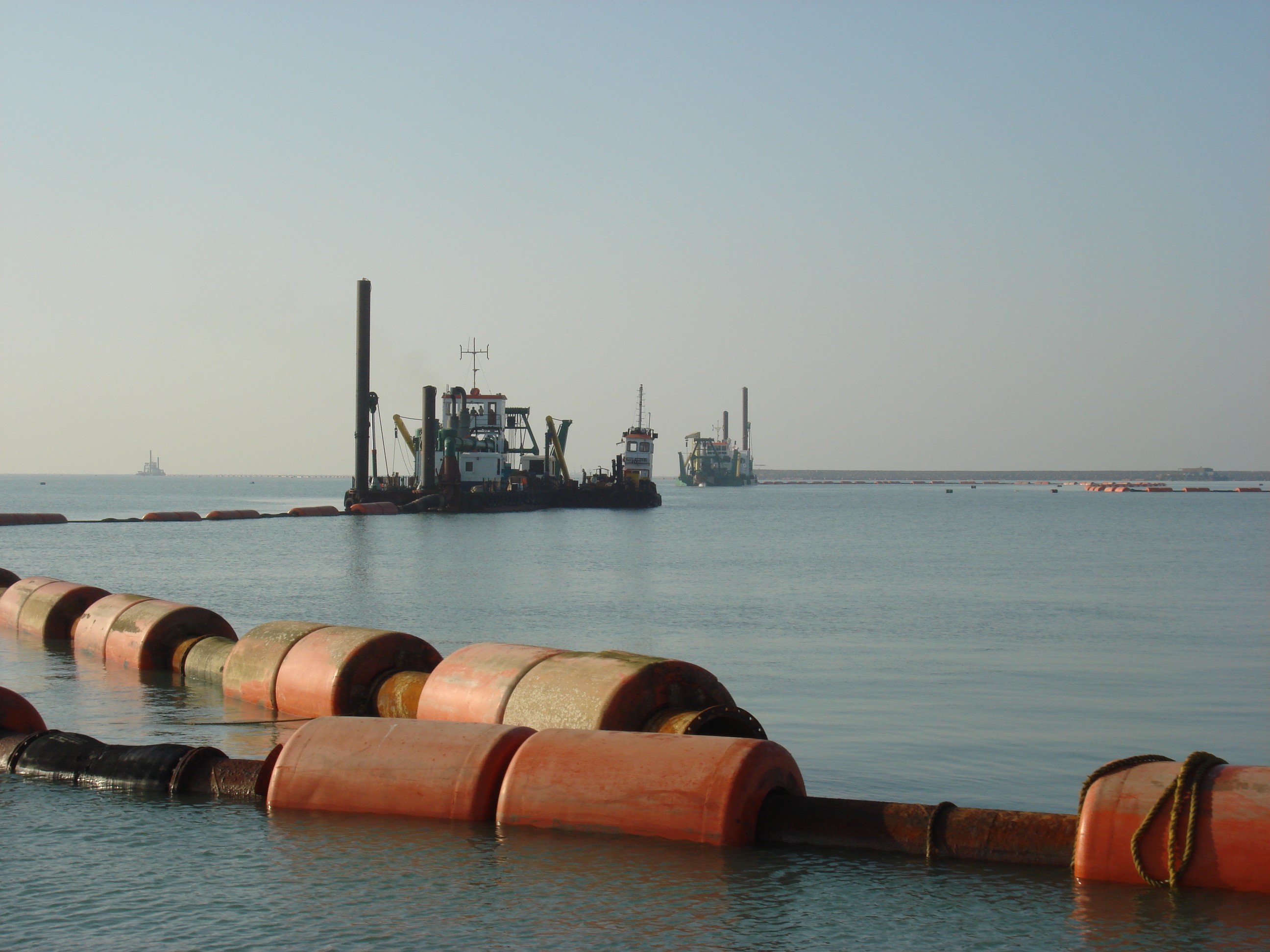
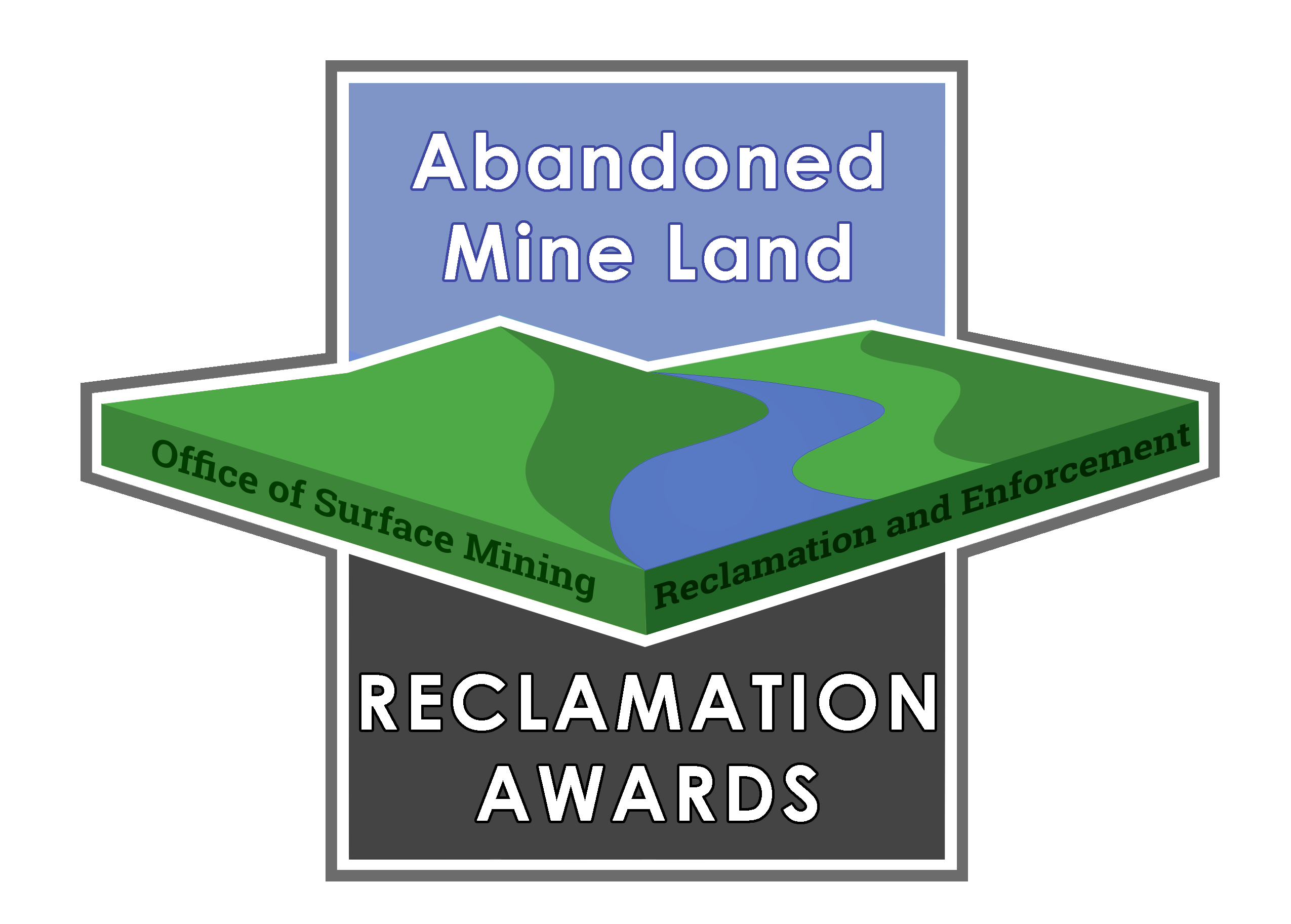




.jpg)
